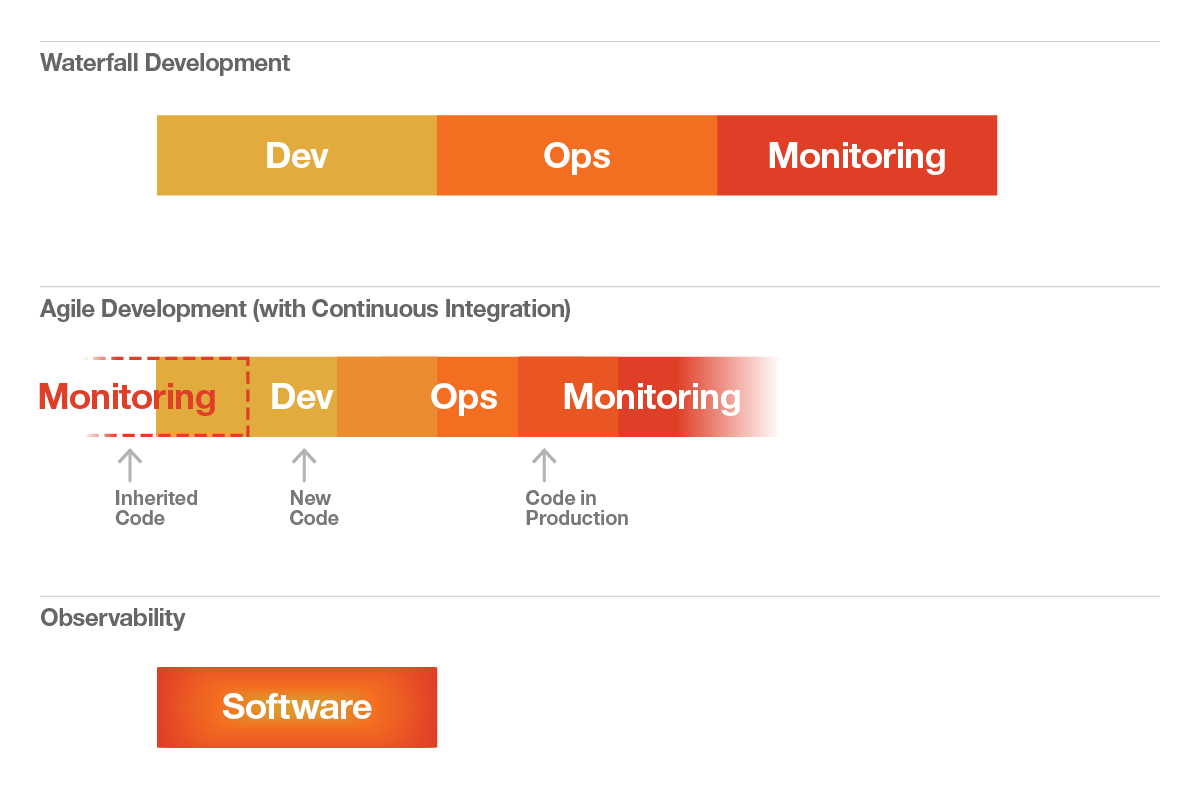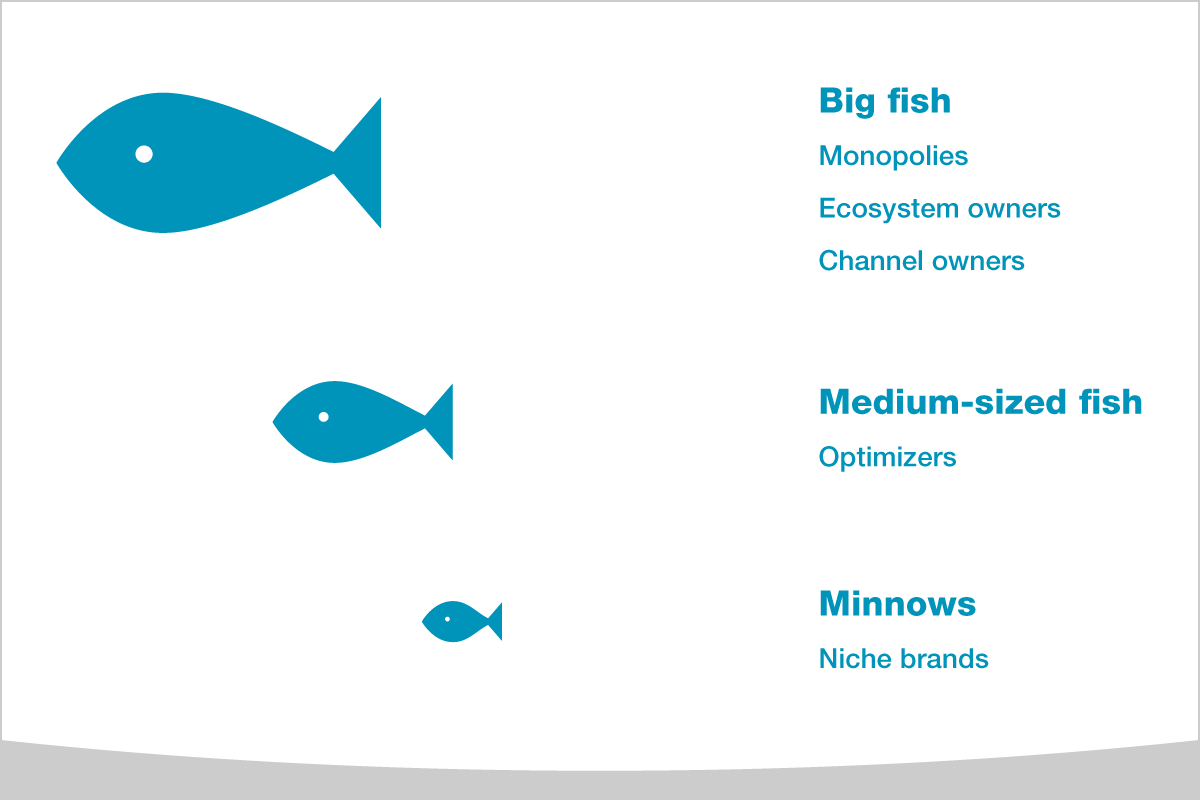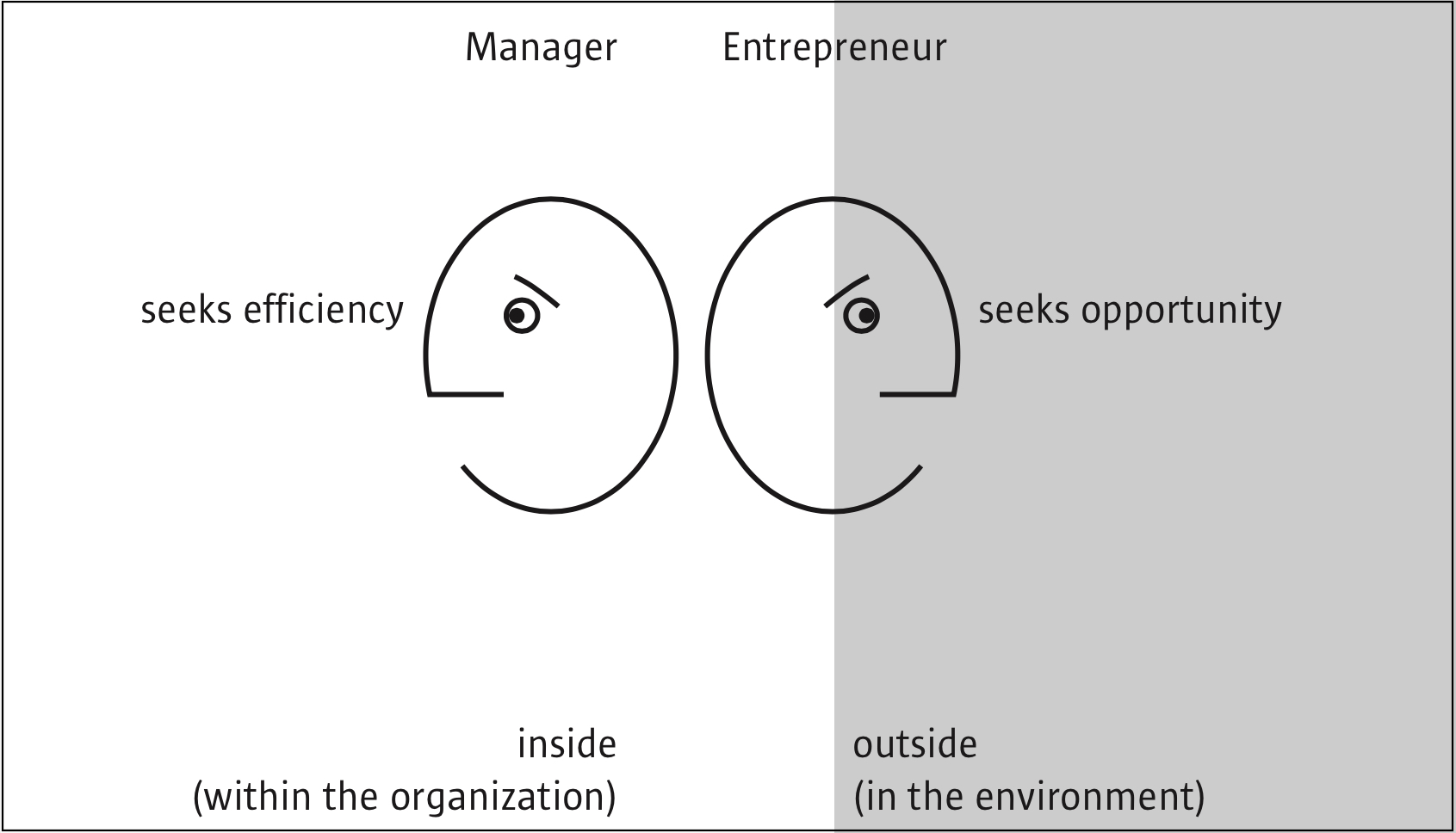All the new thinking is about growth. In this it resembles all the old thinking.
It’s (partially) complicated
Simple, complex, and complicated systems intermingle, and yet they obey different rules and thrive for different reasons.
Product and Marketing
Everything’s a funnel. The culmination of our Relationships and Revenue series, and the introduction of our Three Machines framework, inspired by Brad Feld.
Corporate strategy and board optimization
Business strategy deals with opportunity, while corporate strategy deals with org structure and operations. Getting both aligned, and getting the board aligned, is key to long-term success.
One Hundred Years
A prose listicle with some of my favorite works about the last hundred years, from 1917 to 2017.
What is positioning?
Positioning defines how external audiences see a company relative to its competitors. It articulates where we fit into both the competitive landscape and our customers’ minds.
Becoming #1
Whether they are a niche player, thought leader, or market leader, every brand communicates as if they are #1 in their respective space.
The future of consulting
I’ve been thinking a lot about the future of consulting lately. This is a bit of an occupational hazard… I’ve been a consultant for almost 20 years, based in San Francisco, and I’ve run my own practice for eight years and counting. A long time ago I remember telling a colleague: “The consulting space is…
Beyond average thinking
Data science is changing global and local business. But before we look at data sets, we can all cultivate better data sense.










